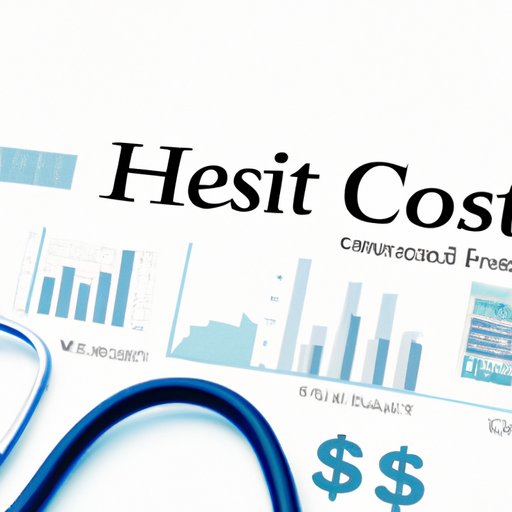
Introduction
Healthcare costs in the US are a major issue, with many Americans struggling to afford medical bills. In 2018, it was reported that the out-of-pocket costs for medical treatments had increased by 53% over the last decade.
This issue is of utmost importance as healthcare is a necessity, and the cost determines whether people can afford to have life-saving medical attention or not. It is crucial for all citizens to understand the factors contributing to high healthcare costs to advocate for change and better solutions.
The purpose of this article is to investigate the current state of healthcare in the US, the reasons why it is so expensive, and the policy proposals that have been suggested to bring down costs.
Investigative Journalism
There are four key factors that contribute to the high cost of healthcare in the US: socio-economic, political, historical, and cultural.
Under socio-economic factors, income inequality and a lack of access to preventive care play a role in making healthcare so expensive. There is a large wealth gap between the haves and have-nots in the US, leading to poorer and middle-class Americans being unable to afford a range of treatments.
Political factors come into play due to the way that the healthcare system is structured in relation to partisanship and special interest groups. This means that healthcare reform is often met with resistance or delayed, and progress towards affordable care is slow.
Historical factors also come into play, as the current model of healthcare in the US has evolved from a variety of incremental steps from industry coupling with government policy, rather than a planned and coherent system.
Finally, cultural factors also contribute to the high cost of healthcare, with Americans valuing individualism and choice when it comes to healthcare plans, while also having a high level of trust in advanced medical care technologies.
Comparative Analysis
When comparing the US healthcare system with those of other countries like Canada, Germany, and Japan, it is evident that the US spends more on healthcare per capita. Despite exorbitant fees, Americans obtain poorer outcomes and have less accessible healthcare systems.
Other developed countries have successfully implemented universal healthcare systems that offer more benefits like better access and lower costs than the US’s privatized healthcare system. These countries benefit from having more control over pricing and regulating costs, despite often facing trade-offs with waiting times or available medical treatments.
Healthcare Industry Analysis
The healthcare industry is driven by profit, and as a result, the high cost of medical care is locked into place. Hospitals, insurance companies, drugmakers, and government programs all contribute to the complexity of the healthcare system. Each player in this ecosystem tries to extract maximum profits, which leads to the expensive costs of medical care.
Consumer Perspective
The cost of healthcare disproportionately affects uninsured or underinsured Americans, leaving them with either sub-standard health care or financially burdensome repercussions. Additionally, surprise medical bills and out-of-pocket expenses create further problems for everyday Americans when it comes to paying for healthcare.
The trade-offs between financial stability and healthcare access for Americans are often overwhelming, and something must be done to improve their access to care without leaving them with heavy financial constraints or debt.
Policy Analysis
Policy reforms are crucial when it comes to improving the current system. The proposed Affordable Care Act (ACA) and Medicare-for-All are examples of some of the policies proposed to lower healthcare costs in the US. Other reforms could include creating more competition in the market, enhancing transparency, and reducing health care fraud.
It is, however, important to evaluate these policies and their impact on the healthcare sector critically. This process entails assessing issues like the cost and regulatory compliance of policies to ensure they genuinely provide improvements and benefits to enhance healthcare access and affordability.
Conclusion
The issue of high healthcare costs in the US is a multifaceted one, with various contributing factors needing to be addressed to find a lasting solution. The complexity of the healthcare industry and the policy proposals needed to improve healthcare access can be overwhelming.
It is essential for policymakers and everyday Americans alike to recognize the importance of this issue by advocating for reforms that benefit and improve the nation’s health care system without overburdening them financially.
We must demand results-oriented reforms that address the affordability and accessibility implications across the board. It is only then that we can successfully reduce the cost of healthcare in the US without sacrificing the quality of care.





